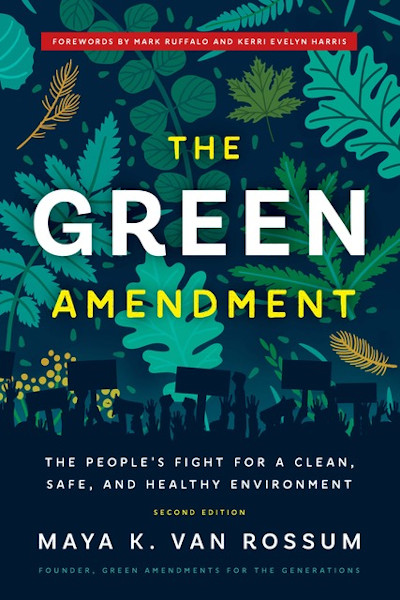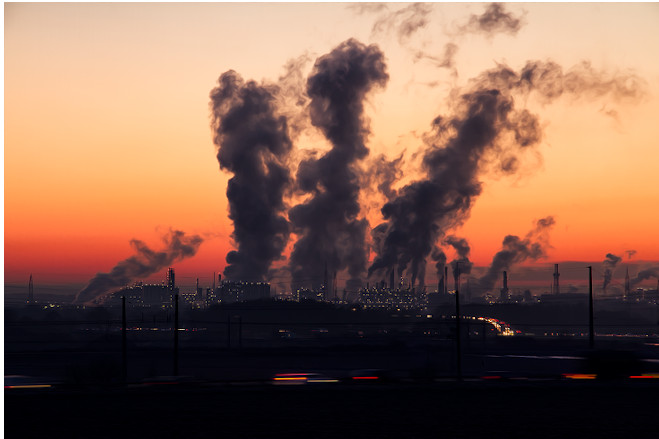The Fight for a Clean Environment: The New Sacrifice Zones

During the Cold War, experts coined a powerful euphemism to describe areas damaged irreparably by nuclear radiation. They called them “sacrifice zones.” These places were so devastated by the manufacture of nuclear weapons that they became inhospitable to life—humans, animals, plants. They were areas that the US government had literally sacrificed for the sake of the nuclear arms race. Since the Cold War, many communities have been knowingly sacrificed, this time in service not to national security, but to industry. Toxicity is so pervasive in Manchester, Texas, that it has become a permanent health hazard. And so the people of the city are being sacrificed—knowingly, intentionally, and with the full blessing of the law—ostensibly for the sake of local and national economies.
Perhaps you don’t live in a clearly identified sacrifice zone. Does that mean your area is safe? The available scientific data demonstrates that widespread environmental catastrophe is underway throughout the country and the world. As former NASA researcher and professor of mathematics Dave Pruett observes, environmental degradation is so widespread that “we’re all in the sacrifice zone now.” Indigenous communities, communities of color, and low-income communities already suffer disproportionate environmental pollution and degradation—too often imposed by the intentional acts of government officials, or as the result of the knowing design and/or implementation of our system of laws and government. So at the same time that mounting environmental degradation and a spiraling climate crisis are expanding the scope of environmental harm, this damage also perpetuates, and grows, the footprint of environmental racism.

Most people believe that the United States of America is a nation of laws, and that these laws are adequate to protect us from environmental harm. We have the Clean Water Act, the Clean Air Act, the Safe Drinking Water Act, and the National Environmental Policy Act, to name a few. These federal statutes are complemented by an array of state laws also focused on issues of air, water, species protection, habitat preservation, toxic contamination, and more. In fact, we have so many environmental laws that developers, industry representatives, and conservative politicians complain loudly about them. They take to the airwaves, contending that environmental laws are unnecessary and interfere with their ability to carry out their operations, manufacture their products, extract targeted resources, turn a profit, and create jobs.
This could not be further from the truth. Corporations are fully pursuing their operations and creating jobs, but our environment and health are not being fully, fairly, properly, or equitably protected. Environmental degradation of all forms is underway in every part of every community in the United States of America. We’re loading our water, air, and soils with pollution. We’re allowing construction to take place in wetlands, old-growth forests, streams, and rivers. We’re shattering the earth’s geology and turning formerly bucolic areas into pollution-spewing industrial sites so as to extract every last drop of fossil fuel. We’re changing our climate in deadly ways. All of this is occurring despite the system of federal, state, and local environmental laws we have in place. It’s occurring despite the existence of environmental protection agencies at the local, state, and federal levels.

This is an excerpt from The Green Amendment: The People's Fight for a Clean, Safe, and Healthy Environment by Maya K. van Rossum (Disruption Books). It’s published here with permission.
Highbrow Magazine
Image Sources:
--SDPictures (Pixabay, Creative Commons)
--Fotoblend (Pixabay, Creative Commons)
--Disruption Books































































































































































































































































































































